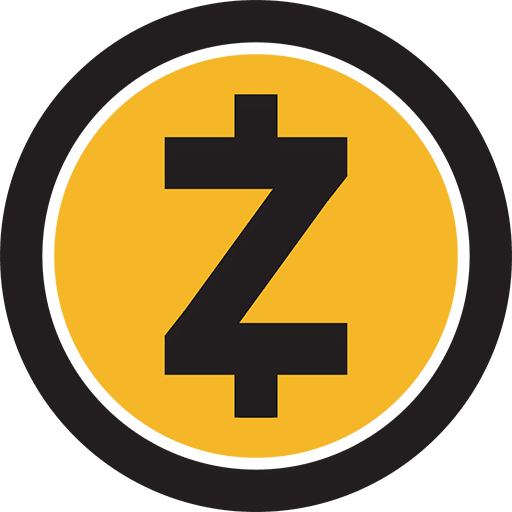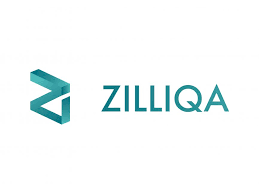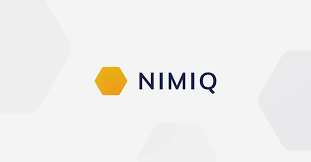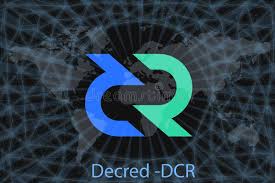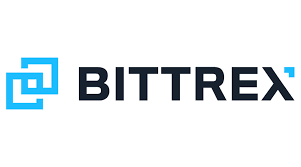In 2017, bitcoin went through a very difficult stage in its development. Optimization of bitcoin blocks (their size remained the same – 1 MB) still did not allow processing of the sharply increased number of transactions.
To resolve the issue of the congestion of the Bitcoin network, various options for protocol changes have been proposed that can help in scaling the network. In May 2017, a large part of the community supported the idea of the Bitcoin Core team to activate SegWit and introduce the Lighting Network add-on. Opponents of the solution proposed by the Bitcoin Core team proposed reforming Bitcoin under the Bitcoin Unlimited program. After the majority of the community did not support this program, they decided that the planned changes should still be implemented through a fork. The new coin, which appeared on August 1, was named Bitcoin Cash (BCH).
The relative success of BCH has inspired a great many supporters of the first fork. Some of the developers tried creating a new version of bitcoin. First of all, to make drastic, sometimes risky improvements to it, which the community was afraid to implement on bitcoin.
One of the most notable forks developed in the wake of Bitcoin Cash is the Bitcoin Gold coin.
Bitcoin Gold vs. Classic Bitcoin – Fundamental Differences
The Bitcoin Gold team has repeatedly stressed that in classic Bitcoin, decentralization is severely limited due to the concentration of mining capacity on farms for industrial mining. Most of these farms are located in China, each of which includes several hundred or even thousands of ASIC devices under the supervision of a few employees. The problem is exacerbated by the fact that most of the hash rate (computing power) of bitcoin is controlled by only a few mining pools, the policies of which may not meet the expectations of ordinary members of the pool.
To make BTG more decentralized, developers have moved away from the SHA-256 algorithm on which traditional bitcoin is based. Their coin uses a more distinctive Equihash algorithm, which makes it difficult to create ASIC devices specifically for Bitcoin Gold mining. Profitable BTG mining is only possible with GPUs. Thanks to this, access to free bitcoin mining, according to the developers’ plan, should return to everyone, including those who cannot afford to buy ASICs, which are several times more expensive than video cards and have a problematic return on investment. It should increase the decentralization of BTG mining and limit the possible impact of large mining corporations on the Bitcoin Gold network.
Features of Bitcoin Gold
Bitcoin gold has a lot in common with Bitcoin and its other forks, but its peculiarity is in GPU mining, while other coins are mined on ASICs. It made it possible to raise the popularity of the fork among ordinary users who do not want to waste thousands of dollars buying new ASICs. Expanding the audience will contribute to the decentralization of the system, which will not allow large users to influence the course.
General technical data:
- Equihash-BTG algorithm;
- the total number of coins is limited to 21 million BTG;
- the block is generated for about 10 minutes;
- increasing complexity of mining after the formation of each block;
- protection against repeated transactions.
Bitcoin Gold has several interesting features that make it very user-friendly:
- It is very easy to deposit and withdraw funds. Many exchanges immediately adopted the coin representing Bitcoin Gold and formed trading pairs with it;
- Online transactions are fast. Unlike Bitcoin, when making transactions, you do not need to wait long for credit to the account since the network is not overloaded;
- Commissions. You have to pay a commission for transactions, but they are not high. True, not so long ago, there was a scandal where the developers were accused of having hidden network fees;
- Anonymity. The use of the new protocol provides high decentralization, which helps to enforce user privacy;
- Impossibility of repetition of operations thanks to the SighashForkId protocol;
- The original public address of each user;
- But the most important feature is the exclusion of mining on ASIC devices.
Advantages and disadvantages
Every cryptocurrency project has strengths and weaknesses. Among the advantages of BTG are:
- New Equihash algorithm, thanks to which you can save on the purchase of expensive ASIC devices. Mining is possible on ordinary video cards installed on standard personal computers;
- The network is capable of resisting a 51% attack and has a high level of performance;
- Protects users from hacker attacks.
As for the shortcomings, the main one, perhaps, is that the prospects of the coin are not yet fully understood. Yes, the project has a good base. But the rate of crypto coins cannot be called stable. Although, however, in the last few months, stability has emerged.
Another problem is that the developers decided to pre-mine at the dawn of the crypt. It has become the subject of controversy within the cryptocurrency society. According to the project administration, this measure was necessary and was caused by the fact that the new currency did not have financial support.
The disadvantages of the crypt are not global and fatal. They are easy to solve with the right approach, which is what the creators of the currency are trying to do. Only time will tell how well they succeed.
